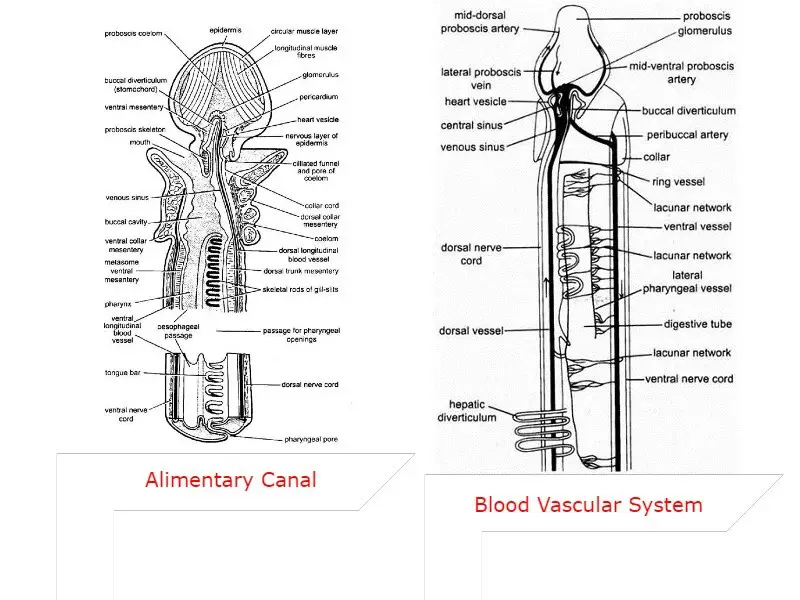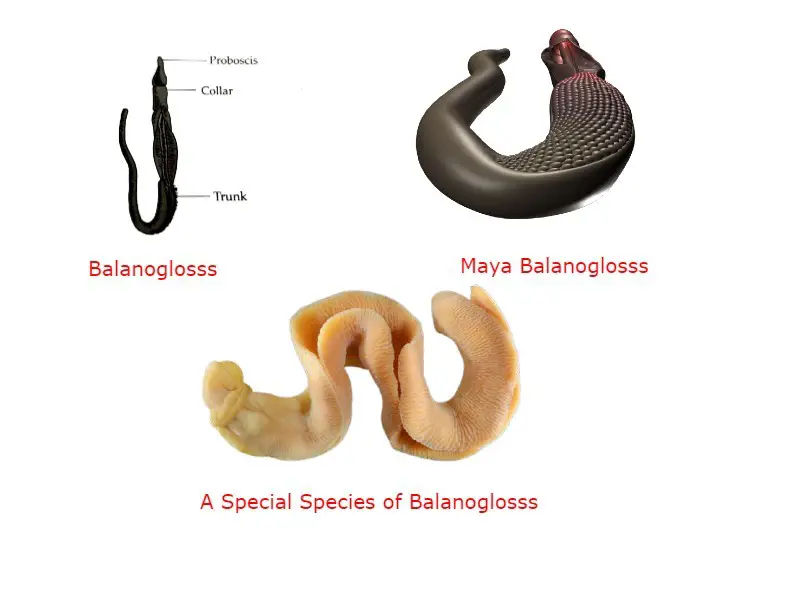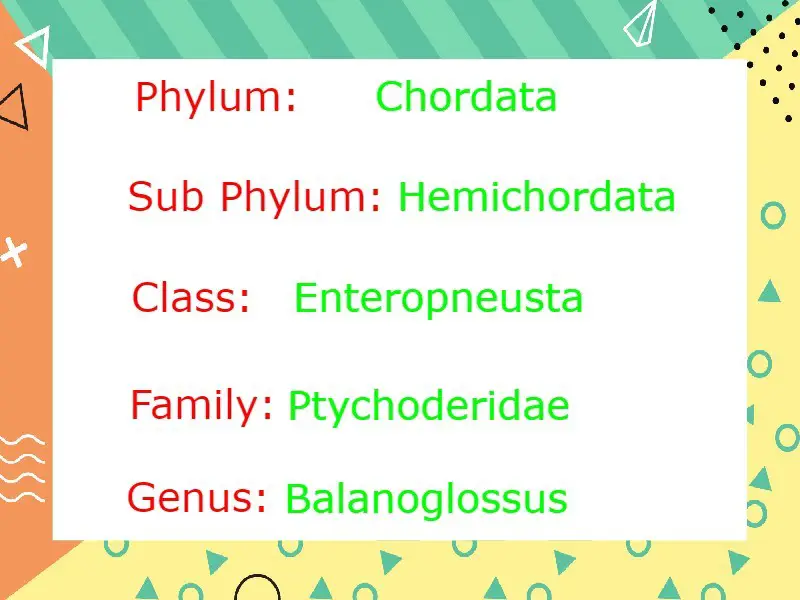Balanoglossus live in marine water and the required oxygen for respiration they collect from water. Now we will discuss all parts of their respiratory system and the mechanism of respiration in Balanoglossus. In Balanoglossus respiratory system have different parts –
- In phraynx the dorsal part, branchial portion of Balanoglossus have gill slits and they take part in respiration.
- In branchiogenital part of trunk gill sacs present in pairs which opens outside through gill pores.
Branchial Portion of Pharynx:
If you know the digestive system of Balanoglossus then you know that the pharynx region of Balanoglossus has two lateral constrictions, parabrachial ridges which divides the pharynx region into two parts. The upper dorsal part of the pharynx is responsible for respiration and it is known as branchial portion of the pharynx.
In branchial portion of pharynx have specialised series of perforation. The U-shaped perforation is present in two-row on the branchial portion of the pharynx, they are present in two dorsolateral rows.

The number of gill slits are numerous and the number vary with the age of the Balanoglossus, it increases with their age. In adult Balanoglossus the gill slits are U shaped but during development it is oval shape but a hollow projection, tongue bar of the dorsal pharyngeal wall grows between the gill slits makes U-shaped.
The portion of pharyngeal wall between the two adjacent gill slits are known as gill septa and the tongue bar do not touch the ventral side of gill slits. The tongue bar are hollow because they encloses coelomic cavity but the gill septa present among the gill slits are solid and do not enclose coelomic cavity.
The tongue bar is connected to the gill septa through s special horizontal structure, synapticula. The gill slits and gill septa are supported by an M-shaped endoskeletal structure. The middle arm of the M-shaped branchial skeleton supports the gill septa while the lateral arm of the M-shaped branchial skeleton supports the tongue bar. The middle arm of the M-shaped branchial skeleton is made of two U-shaped chitinous structures and the two U-shaped branchial skeletons join at the gill septum.
The gill slits are lined by cilia, the cilia present in gill slits are responsible for producing the water current through the gill.

Branchial Sacs:
In Balanoglossus the gill slits do not open directly to the outside, the gill slits open into the cavity between the body wall and the pharynx. The cavity between the body wall and the pharynx is known as the branchial sac into which the gill slits open directly. The gill pouches open outside through gill pore, in most cases each gill pouches open outside through a single gill pore but in some cases, a number of gill pouches join together and open outside through a common opening.

A small canal, collar canal connects the collar coelom to the common branchial coelom. The gill pores are present on the wall of the pharynx in two rows, each row on the lateral side of the mid-dorsal ridge and we can see it from outside on the wall of the branchiogenital region of the trunk.
Mechanism of Respiration:
Lateral cilia present on the gill slits generate a water current which force the sea water entering into the gill pouches and then into the pharynx. This water current is known as food-cum-respiratory current because it helps the animals to meet the food and respiratory gases requirements.
The animal take oxygen from the water current and leave carbon dioxide into the water current, when the water current flow through the gill slits the tongue bar present in gill slits take part in gaseous exchange. The tongue bar highly vascularized and the oxygen from the sea water directly diffused into the blood vessels and the carbon dioxide diffused outside from the blood vessels to water current.
Reference:
Detailed Information on
What is Balanoglossus: A Tongue Worm
External Morphology of Balanoglossus
Hi Everyone!!! Welcome to Imaluop. Imaluop always try to learn some new and he want to share to other people. Here we will try to learn various topics on Science, specially on Biological Sciences.